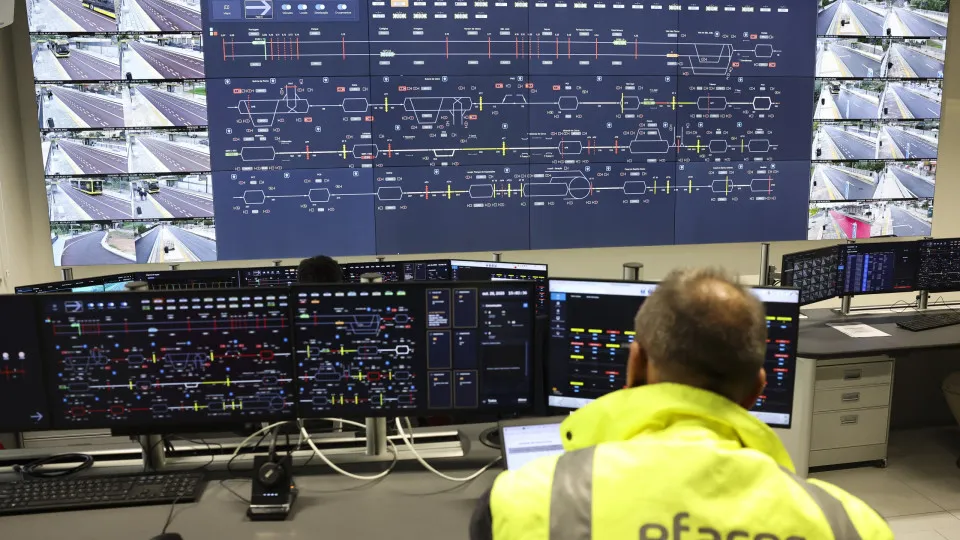
The governments of Portugal and Spain, along with the European Commission, have agreed on a series of actions aimed at advancing the railway connection between Lisbon and Madrid by 2030. The project envisions a five-hour journey, with plans for a high-speed connection that reduces travel time to approximately three hours by 2034, according to a government statement.
Among the targets for 2034 is the implementation of the European Rail Traffic Management System (ERTMS) on various sections between Lisbon and Madrid.
“This project is more than just a railway link; it represents a bridge to the future of sustainable mobility and European cohesion,” said Portugal’s Minister of Infrastructure and Housing, Miguel Pinto Luz.
The government emphasized that these initiatives will be integrated into national investment plans, ensuring political and financial commitment to modern, efficient, and eco-friendly infrastructure.
The “Iberian strategy” includes goals such as establishing a direct connection between the two capitals by 2030, completing the high-speed line between Évora and Caia by 2025 and beginning operations in 2026, commencing operations on the Plasencia-Talayuela section by 2028, starting construction of the second track between Poceirão (Palmela) and Bombel (Vendas Novas) in 2026 with completion by 2029 and operation by 2030, and completing studies for the new Lisbon-Évora line, including the Third Tagus Crossing, by 2027.
By 2034, plans include a high-speed connection between Lisbon and Madrid, with a journey time of about three hours, alongside the construction of the new high-speed Lisbon-Évora line, including the Third Tagus Crossing and widening of the Évora-Caia line, “if justified,” detailed the government.
The project also forecasts the preparation of studies and potential construction of a new high-speed segment between Caia and Badajoz and the International Railway Station Elvas-Badajoz at the border between the two countries by that date.
This initiative is part of Europe’s strategy for sustainable mobility and cross-border railway interconnection, involving significant investments in infrastructure, technological modernization, and railway interoperability, underlined the Ministry of Infrastructure.
“This is a historic step in linking Portugal and Spain,” with “concrete investments, defined timelines, and coordination between the two countries,” affirmed Miguel Pinto Luz.




